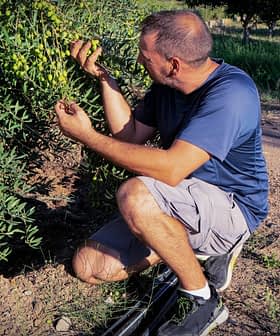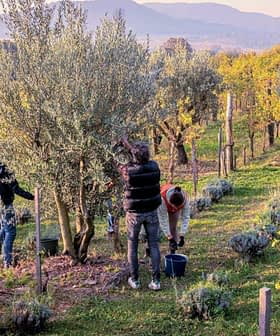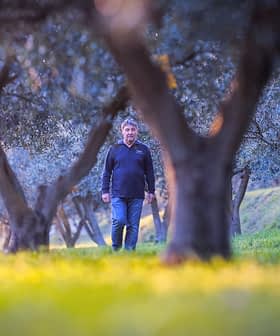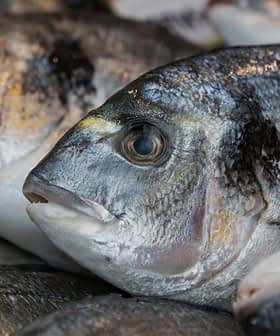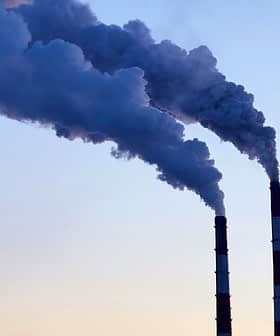Climate Change Threatens Steep-Slope Agriculture
The culturally and historically important role of steep-slope agriculture, including traditional olive groves, is threatened by increasingly arid climates and desertification.
 Trevi , Italy
Trevi , Italy Climate change poses a threat to unique steep-slope agricultural traditions globally, with water scarcity and desertification endangering these areas more than others. A study in Nature Food shows that current greenhouse gas emissions could significantly reduce or end steep-slope farming practices, impacting nations’ agricultural heritage deeply ingrained in their identity.
A unique agricultural heritage is being put at risk by climate change in many countries worldwide.
Steep-slope fields and crops are endangered more than other agricultural areas by water scarcity and increasing desertification.
If we do not enact mitigation and adaptation strategies, we risk losing traditions, culture and landscapes.
A new study published in Nature Food shows how the effects of current volumes of greenhouse gas emissions over time will significantly reduce or even end farming traditions, many of which are deeply ingrained in the identity of nations.
According to the authors of the research, steep-slope agriculture yields account for only 5.6 percent of the global agricultural output.
See Also:Drought and Heat Cause Concern for Farmers Across Spain“But its historical and landscape value far exceeds those numbers,” Paolo Tarolli, a land environment agriculture professor at the University of Padua, told Olive Oil Times.
According to the researchers, steep-slope field agriculture is practiced on every continent except Antarctica.
Most of the world’s steep-slope fields are located in mountainous regions. The largest concentrations are found in Central America, the Mediterranean basin, the East African Rift valley and China.
However, steep-slope field agriculture is practiced in the Himalayas, Andes, Alps and Atlas Mountains of North Africa too. Farmers in the Philippines, Japan, New Zealand and Madagascar also employ the practice.
“For example, think about the traditional Honghe Hani rice terraces in Yunnan, China, where Hani people have farmed the terraces for over 1,300 years,” Tarolli said. “There, not only 48 different varieties of rice are grown, but the unique environment is also a proficient habitat for animals such as cattle, ducks or fish.”
Many olive groves also have thrived for centuries throughout the Mediterranean basin in steep-slope fields, mostly on terraced land.
“These areas are characterized by a series of unique challenges to farming given that heavy mechanization is not feasible and maintaining the soil requires special measures,” Tarolli said. “It is highly fragile farming land which is more exposed to climate change.”
Among the challenges for all types of agriculture, but especially steep-slope farming, are the growing risks due to extreme weather events, such as sudden torrential rainfall.
“These kinds of events might profoundly affect those areas if they are not correctly and fully managed,” Tarolli said.
In countries such as Italy, olive growing on steep-slope terraces is a tradition that dates back to Ancient Rome. Plenty of the country’s vineyards are also grown on steep-slope fields,
In the country, characterized by extensive mountainous areas, fruit and citrus orchards are grown on terraces too.
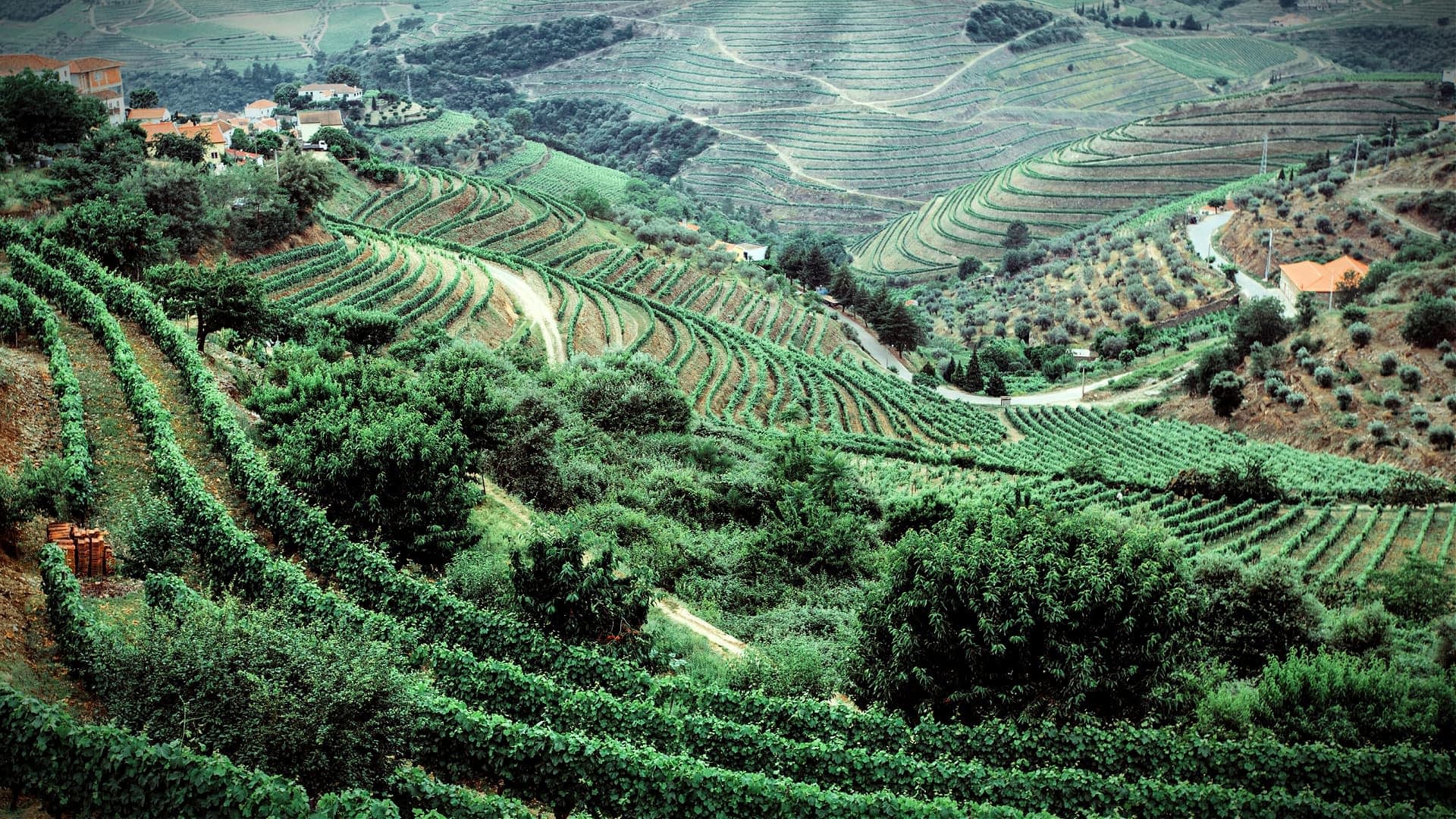
Vineyards in Douro Valley, Portugal
“They are all areas with very specific soil characteristics, biodiversity and ecosystems,” Tarolli said.
Given their distinct cultural and historical profile, many steep-slope agricultural lands are included on various cultural heritage lists, such as the United Nations Educational, Scientific and Cultural Organization and the Food and Agriculture Organization (UNESCO).
The European Union-funded Olivero project also analyzed the uncertain future of olive farming on slopes and steep slopes.
The researchers found that these groves will be abandoned gradually or transformed into nature conservation areas. Still, many others will implement drip irrigation techniques to enhance the production of the olive trees, while others will increase their income by turning to other activities.
However, the risks identified by the Olivero researchers mainly were limited to high production costs, the exodus of younger farmers and soil erosion.
The research added a new layer to the threatened future of those groves. Scientists have designed a dynamic global map to highlight the changing steep slope farming areas for present-day (1980 to 2016) and future (2071 to 2100) scenarios.
In the current conditions, steep-slope agriculture is mainly found in temperate (46 percent) and cold (28 percent) climates. Seventeen percent are found in tropical regions, nine percent in arid areas and one percent in polar regions.
In the future scenario, if global greenhouse gas emissions continue, and there is no active curtailing of climate change, also known as scenario RCP8.5, those percentages are destined to change.
Steep-slope farming will almost double in tropical areas (27 percent) and arid lands (16 percent). In comparison, it will more than halve in cold regions (down to 13 percent) and slightly decrease in temperate areas, down to 44 percent.
“The sharp expansion of the arid zones is partly due to climate change in cold regions, with clear examples found in Alpine and Continental Europe, countries that surround the Black Sea, mainland Russia and mainland China, all of which host steep-slope agriculture,” the authors of the study wrote.
“Furthermore, future arid expansion is occurring in current temperate zones, with clear examples found in the Mediterranean basin (for example, Italy and Morocco), China, and Central America, each of which are important hotspots of steep-slope agriculture,” they added.
“As water availability decreases in the future, water management should focus on minimizing the waste of water,” Tarolli said. “And more can be done. A strategy for steep-slope farmers, for instance, might be to store rainfall in small local reservoirs which will serve as a backup in case of drought as well as nurture local fauna and biodiversity.”
“The message here is that if we do not enact mitigation and adaptation strategies, we do not only risk seeing many lands become arid or even entirely degrade because of drought severity and duration, but we also risk losing traditions, culture and landscapes,” he concluded.
Share this article



